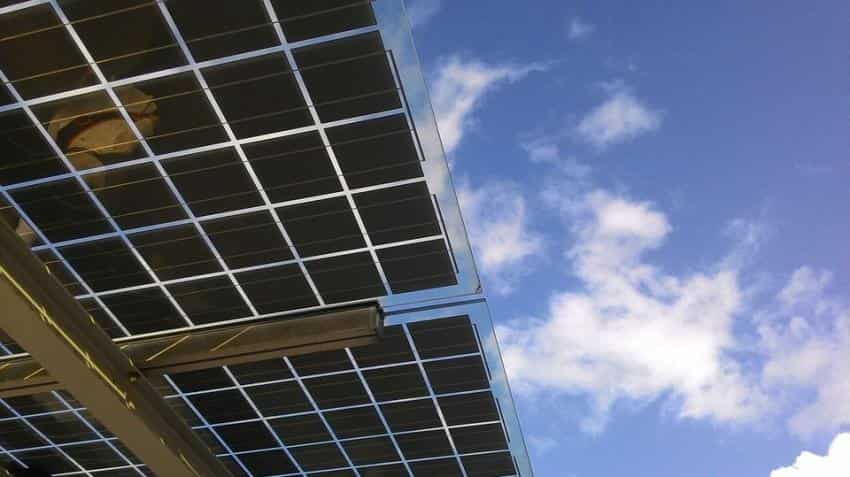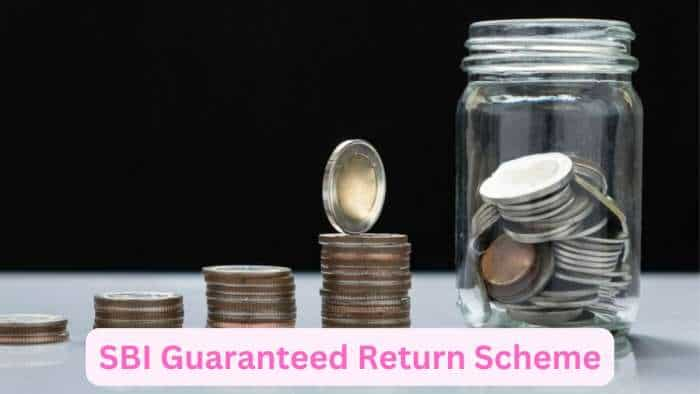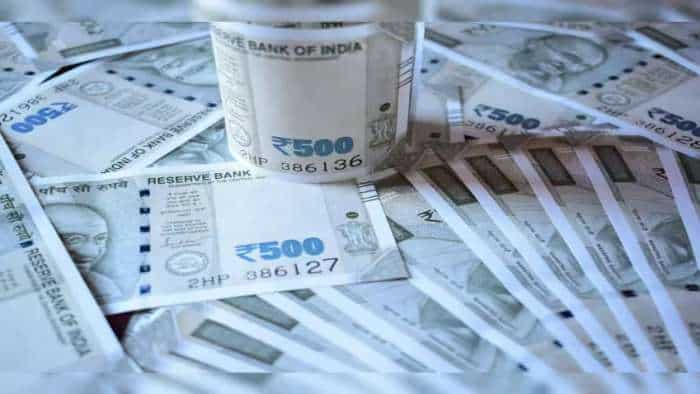Viability of renewable energy projects worth Rs 48,000 crore hang in balance as banks turn cautious on lending
Power sector which accounts for nearly 35% of banks stressed assets may make them cautious in lending further due to discoms relatively strong financially are renegotiating PPA tariffs.

Key Highlights:
- Bid tariffs quoted were as low as Rs 2.44/unit for solar power down by 45% yoy
- Tariff cloud over Rs 48,000 crore renewable projects
- Discoms call for renegotiation of the power purchase agreements (PPAs)
Power sector, which has already caused enough trouble to the banking system in the past few years due to their holding in stressed assets, looks likely to continue even with its renewable projects.
According to a Crisil report, there has been aggressive bidding for renewable energy capacities which has appeared to have started recoiling on the industry at large as distribution companies (discoms) call for renegotiation of the power purchase agreements (PPAs) that they signed in recent years at higher tariffs.
In May 2017, bid tariffs quoted were as low as Rs 2.44/unit for solar power down by 45% from Rs 4.43/unit in March 2016. While for wind power, the quoted bid tariff of Rs. 3.46/unit in February 2017 was 17% lower than the lowest feed in tariff of Rs. 4.16/unit in India.
This has led to many discoms openly voicing their reservations on honouring the PPA/Letter of intent (LoI) for nearly 3 GW of renewable energy
Prasad Koparkar, Senior Director, Crisil Research said, “In all, 7 GW of solar projects tendered/ awarded at tariffs of Rs 5-8/unit over fiscal 2015-2017 could be at risk. PPAs or letters of intent for these capacities, in Uttar Pradesh, Andhra Pradesh, Karnataka, Telangana and Punjab, were inked at tariffs 12-66% higher than the APPC of these states."
Koparkar added, "Even in wind energy, 2-3 GW of projects which were allotted or had PPAs signed over Q3-Q4 fiscal 2017 at feed-in tariffs are at high risk of renegotiation."
Taken together, Crisil Research believes, investments worth Rs 48,000 crore are currently at risk.
Crisil stated that wind-based capacity additions are likely to fall to 1.5-2 GW in fiscal 2018 compared with 5.5 GW in fiscal 2017. Growth in solar capacity additions, too, is expected to be below potential.
If this is the case, then there will be downward revision of PPA tariffs which would adversely impact the returns of wind and solar energy projects already constructed.
“Concurrently, this could spark a spate of court cases and the essence of the National Solar Mission may be lost in delays,” added Crisil.
It said, “Banks, too, would be more cautious in lending to renewable energy projects, considering even discoms relatively strong financially are renegotiating PPA tariffs, without any legal grounds or force majeure conditions.”
Banks have seen a sharp rise of 34.17% in their gross non-performing assets (GNPA) to Rs 8,29,335 crore as on June 30,. 2017, compared to Rs 6,18,109 crore in the corresponding period of the previous year.
Five sectors namely steel, power, telecom, infrastructure and textile account for over 60% of the total stressed assets on the books of banks in India at present.
As per Motilal Oswal report, power sector exposure is expected to be over Rs 2.3 lakh crore implying a 35% of bank's stress level.
Rahul Prithiani, Director, Crisil Research said, “It is in the sector’s interest that the rates discovered through competitive bidding in a PPA already executed be honoured, given that it is a legally binding contract between two parties. Further, future PPA contracts need to be watertight, with specific clauses to safeguard developers from renegotiations”.ALSO READ:
Five public sector banks account for nearly half of non-performing assets
Top five sectors with most exposure to banks NPAs; What can be done?
Get Latest Business News, Stock Market Updates and Videos; Check your tax outgo through Income Tax Calculator and save money through our Personal Finance coverage. Check Business Breaking News Live on Zee Business Twitter and Facebook. Subscribe on YouTube.
RECOMMENDED STORIES

Top 7 Sectoral Mutual Funds With Best SIP Returns in 1 Year: No. 1 scheme has converted Rs 34,567 monthly SIP investment into Rs 5,40,565; know about others

SBI 400-day FD vs Bank of India 400-day FD: Where will investors get higher returns on investments of Rs 4,54,545 and Rs 6,56,565?

Highest Senior Citizen FD rates: See what major banks like SBI, PNB, Canara Bank, HDFC Bank, BoB and ICICI Bank are providing on special fixed deposits

SBI Green Rupee Deposit 2222 Days vs Canara Bank Green Deposit 2222 Days FD: What Rs 7 lakh and Rs 15 lakh investments will give to general and senior citizens; know here

SBI Guaranteed Return Scheme: Know how much maturity amount you will get on Rs 2 lakh, 3 lakh, and Rs 4 lakh investments under Amrit Vrishti FD scheme
02:35 PM IST









 EV charging points, battery-swapping facilities to soon cross 5,000-mark in Delhi: Discoms
EV charging points, battery-swapping facilities to soon cross 5,000-mark in Delhi: Discoms Delhi L-G orders probe into AAP govt's power subsidy scheme
Delhi L-G orders probe into AAP govt's power subsidy scheme  Electricity distribution companies' outstanding dues to power producers rise 4% to Rs 1.32 lakh cr in June - know details here
Electricity distribution companies' outstanding dues to power producers rise 4% to Rs 1.32 lakh cr in June - know details here Discoms outstanding dues to gencos rise 4% YoY to Rs 1,21,765 cr in May
Discoms outstanding dues to gencos rise 4% YoY to Rs 1,21,765 cr in May Discoms' outstanding dues to gencos rise over 17% to Rs 1,23,244 cr in April
Discoms' outstanding dues to gencos rise over 17% to Rs 1,23,244 cr in April